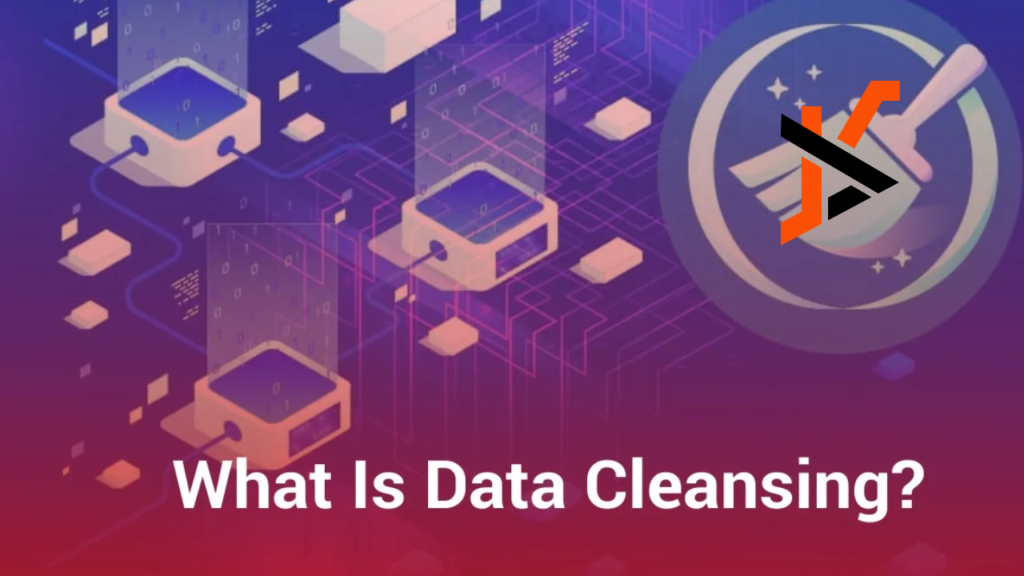Maintaining data accuracy, consistency, and quality has become a critical necessity in today’s data-driven business landscape. Data cleansing, or scrubbing, plays a significant role in this process. It is a process of detecting, identifying, and rectifying a data set’s inaccurate, incomplete, or irrelevant sections. This process is about maintaining data integrity and significantly impacting the quality of customer service in businesses.
The Connection between Data Cleansing and Customer Service
How does data cleansing relate to customer service? The connection is more profound than you may think. Businesses rely heavily on data to understand customers’ behaviours, preferences, and needs. For instance, customer data can reveal preferred products, purchasing habits, feedback, and more.
However, if this data needs to be updated, it can lead to misguided decisions, ineffective communication, and poor customer service. On the contrary, by ensuring that your data is clean, accurate, and updated, you can provide personalized, relevant, and timely service to your customers, enhancing their experience and satisfaction.
The Importance of Data Cleansing in Customer Service
There are several reasons why data cleansing is a critical component of quality customer service. Here are a few:
- Enhanced Customer Understanding: Clean data allows businesses to clearly and accurately understand their customers. This understanding facilitates personalized interactions and services, improving customer satisfaction and loyalty.
- Efficient Communication: Inaccurate customer data can lead to communication gaps. For instance, correct contact details can lead to successful communication attempts. Regular data cleansing services ensure your communication reaches the right customer at the right time.
- Better Decision Making: Clean data provides a solid foundation for decision-making. Whether it’s about launching a new product or designing a marketing campaign, accurate customer data can guide your decisions and strategies, ensuring they resonate with your customers and meet their expectations.
- Reduced Risks: Inaccurate data can lead to various operational and compliance risks. For instance, it can result in failed transactions or even legal penalties in case of data protection violations. Data cleansing helps mitigate these risks by ensuring data accuracy and compliance.
Implementing Data Cleansing for Better Customer Service
Implementing data cleansing in your business requires a strategic approach. Firstly, set clear objectives and define what you want to achieve with your data cleansing efforts—for instance, improving communication effectiveness, enhancing decision-making, or reducing operational risks.
Next, identify the key critical data elements for your customer service. These could include customer contact details, purchase history, preferences, feedback, etc. Automated tools and data processing services can help streamline the data cleansing process, but human oversight is crucial to ensure the relevance and context of the data.
Lastly, establish a routine for regular data cleansing. Remember, data cleansing is not a one-time activity but an ongoing process. Regular data cleansing will ensure that your data is always up-to-date and reliable for delivering quality customer service.
The Future of Data Cleansing in Customer Service
The future of data cleansing in customer service looks promising. With artificial intelligence and machine learning advancements, data cleansing is becoming more efficient and accurate. These technologies can identify patterns and anomalies in the data, enabling faster and more precise cleansing.
Moreover, as businesses continue to realize the value of quality data in customer service, the focus on data cleansing is likely to intensify. Companies will invest more in data cleansing tools and technologies, making it an integral part of their data management strategy.
Conclusion
Data cleansing has emerged as a critical enabler of quality customer service in customer-centric businesses. EnsuringEnsuring data accuracy and relevance not only enhances customer understanding and communication but aids in decision-making and risk mitigation. However, data cleansing is not a one-time task but a continuous process that needs to be integrated into your regular data management practices. Doing so ensures that your data remains a reliable resource to deliver top-notch customer service, driving your business growth and suc

